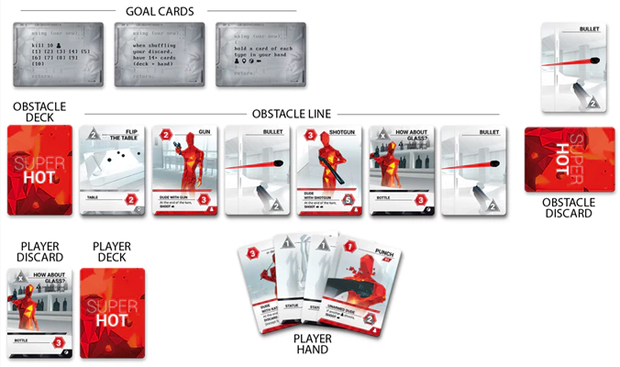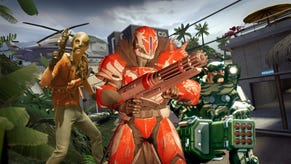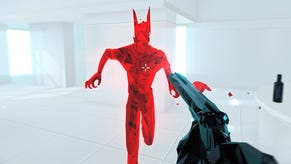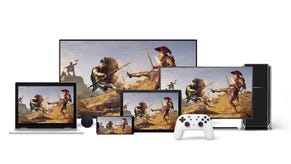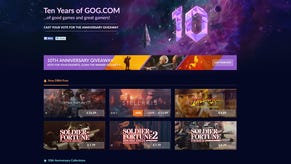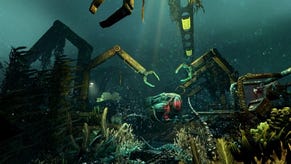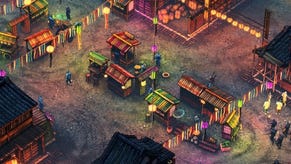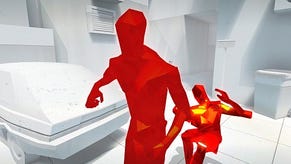Superhot The Card Game reworks FPS for tabletop
Reworking the shooter for tabletop
Despite much ballyhooing about it on their official Twitter account I had managed to completely ignore Superhot getting reimagined as a card game in collaboration with designer Manuel Correia and then successfully funded on Kickstarter. So consider this a rather penitent catch-up post as a result of starting to trawl through the entries on an unrelated Superhot/ModDB competition! Okay, so Superhot has been reimagined as a card game, but what does that actually amount to? Let's have a poke around...
My first reaction was that this isn't the strangest idea in the world, given the game's main conceit is that time moves when you do, so playing cards to move the action along would perhaps approximate that bullet-time sensation in some way. Obviously that's a bit wiffly for a funding pitch so the Kickstarter actually says:
"Hand-crafted, micro-deckbuilding mechanics will immerse you in the ever-changing, visceral, and iconic fight sequences of SUPERHOT. Every turn and every move is an intense snapshot of lethal combat frozen in motion. Your decisions and your execution dictate the pace of the game. Daredevil maneuvers and risk-taking can reward you greatly or exact harsh punishment.
"Every card you play advances the timeline. You shoot a guy’s head off. Enemies pour into the room. A shower of bullets fills the air. The clock is ticking."
I'll talk about the single player mode, but there are also co-op, PvP and co-op versus another person modes which I think riff on the single player idea. The whole thing is actually heavily rooted in an earlier game by Correia - Agent Decker, which is a free-to-print project if you want to play that first/instead.
The structure of the game involves setting your mission objective(s) using a deck of goal cards and then using cards in your hand to deal with cards laid out as obstacles. The obstacle cards and the cards for your hand are actually the same, it's just that they function differently when they're on the table as obstacles and when they're in your hand as potential solutions.
When a card is in your hand you look at the number and colour in the top left (that's basically your currency for making a move) and when it's an obstacle you look at the number and colour in the bottom left - that's the cost and colour you need to pay in terms of cards from your hand to clear it.
When you've used your current hand you clear any further obstacles you're entitled to remove and then work your way along the remaining obstacles to apply the effects.
You win by completing the third level (a round with three missions). You lose if you end up with four bullet cards in your hand which is something you need to keep track of as the game goes on because of how the cards cycle between obstacle and hand decks. Bullets you hold cannot be discarded so eventually your hand will be clogged with bullets, representing you being shot, so four shots and you're dead.
Running out of bullets from the bullet deck also ends the game, as does running out of obstacles or cards from your hand.
I'm far better at seeing how something generates an experience when I can actually touch it or play with it, so I spent a little while picking at elements where the fiction seemed a little unclear to me on first reading.
One example is how you spend cards to combat specific obstacles, but you also get to remove the same number of obstacles as cards you discarded from your hand. According to the manual that's because in the action you took to play the card you moved past one of the other obstacles. In practical terms this part is about choosing which obstacles you deal with by spending points because those cards will definitely be part of your next hand, and the ones you simply move past go into a discard pile. This is the micro-deckbuilding, I think, because it's letting you plan ahead.
I can definitely see what they're getting at but I'd want to play it out and see if it worked or felt right in practice. I think how I'm feeling right now is intrigued because if it works it seems like a cool and fitting riff on an existing interesting idea. The Kickstarter is here, but I found the manual [PDF] to be better in terms of actually understanding the project.
The Kickstarter is still ongoing, offering copies of the card game for pledges above $15 (plus shipping).


